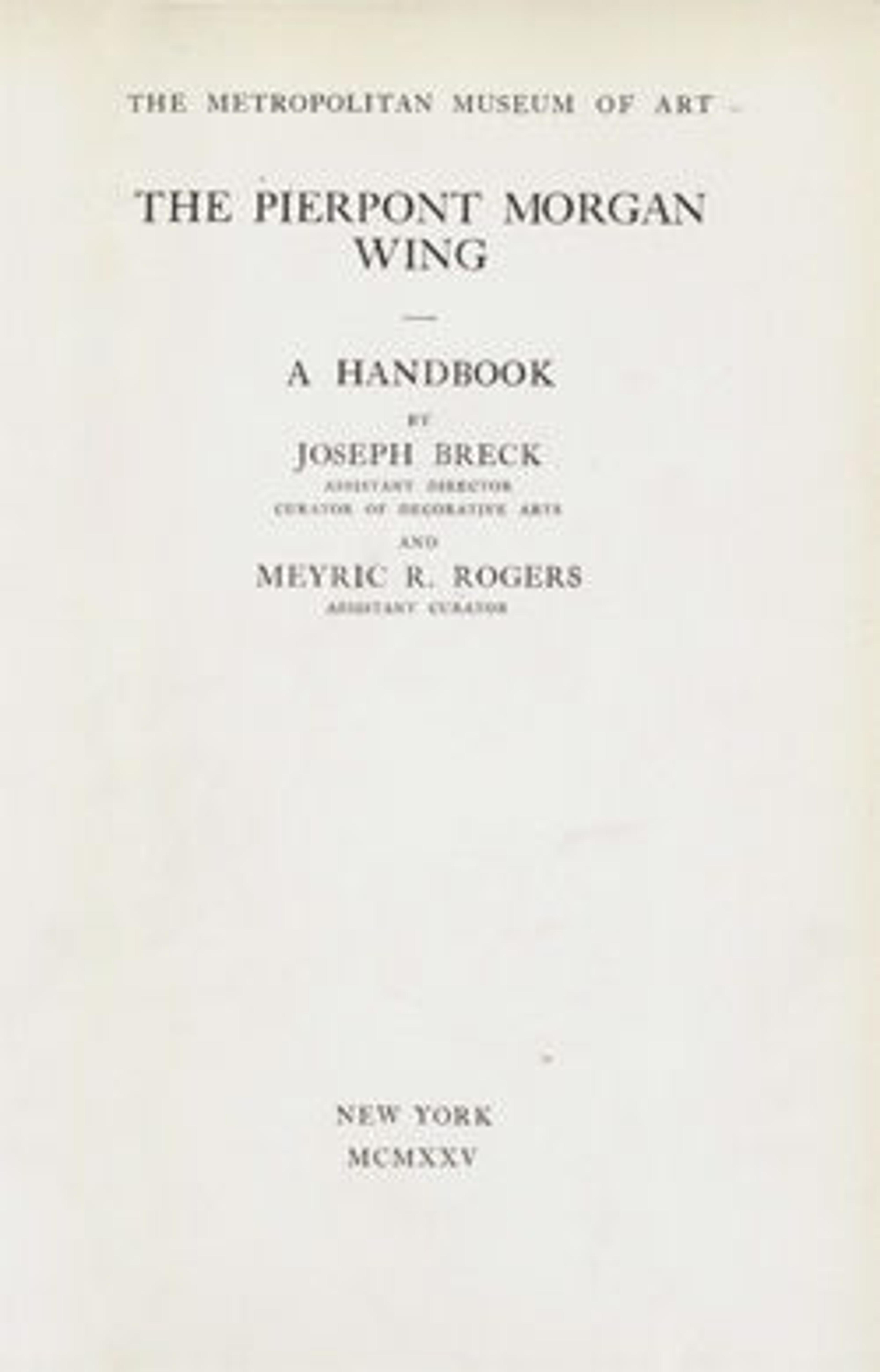Leaf from an Ivory Diptych
Christ appears here in judgment, displaying the wounds in his hands and flanked by angels holding objects associated with his suffering. The kneeling Mary and Saint John intercede on behalf of the resurrected dead, rising up below. Among these is a pope. Below is the Anointing of the Body of Christ.
Artwork Details
- Title:Leaf from an Ivory Diptych
- Date:1250–1300
- Geography:Made in Paris, France
- Culture:French
- Medium:Elephant ivory with traces of polychromy
- Dimensions:Overall: 7 9/16 x 3 1/2 x 3/8 in. (19.2 x 8.9 x 1 cm)
- Classification:Ivories-Elephant
- Credit Line:Gift of J. Pierpont Morgan, 1917
- Object Number:17.190.280
- Curatorial Department: Medieval Art and The Cloisters
More Artwork
Research Resources
The Met provides unparalleled resources for research and welcomes an international community of students and scholars. The Met's Open Access API is where creators and researchers can connect to the The Met collection. Open Access data and public domain images are available for unrestricted commercial and noncommercial use without permission or fee.
To request images under copyright and other restrictions, please use this Image Request form.
Feedback
We continue to research and examine historical and cultural context for objects in The Met collection. If you have comments or questions about this object record, please contact us using the form below. The Museum looks forward to receiving your comments.
